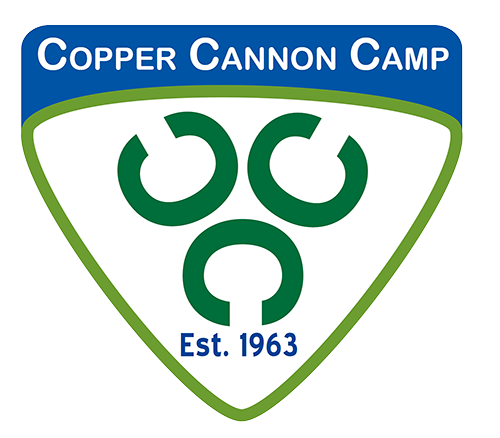
Copper Cannon Camp - FREE New Hampshire Summer Camp!
FREE New Hampshire summer camp near the White Mountains - archery, hiking, ropes courses, swimming and much more!

Copper Cannon Camp - FREE New Hampshire Summer Camp!
FREE New Hampshire summer camp near the White Mountains - archery, hiking, ropes courses, swimming and much more!